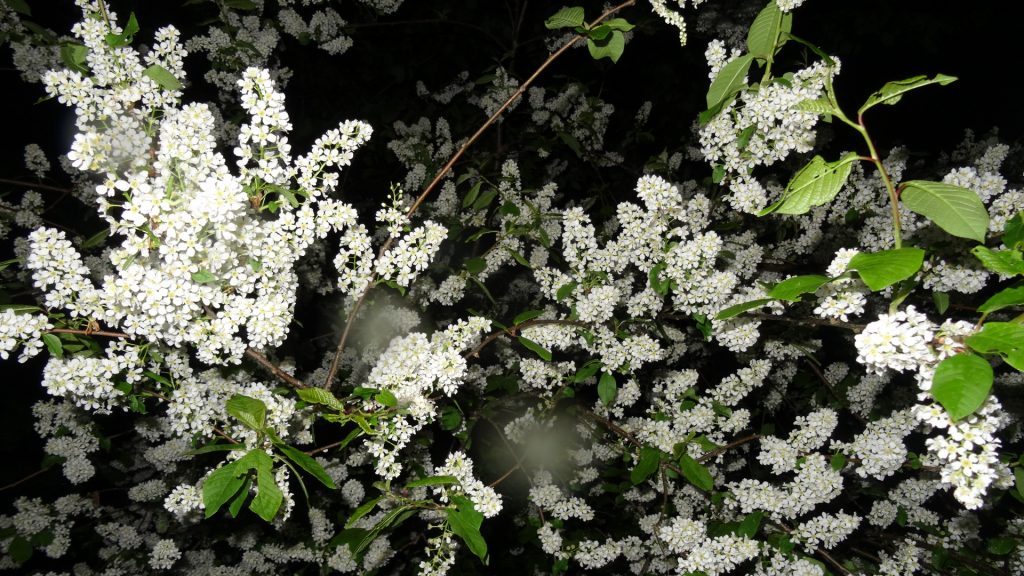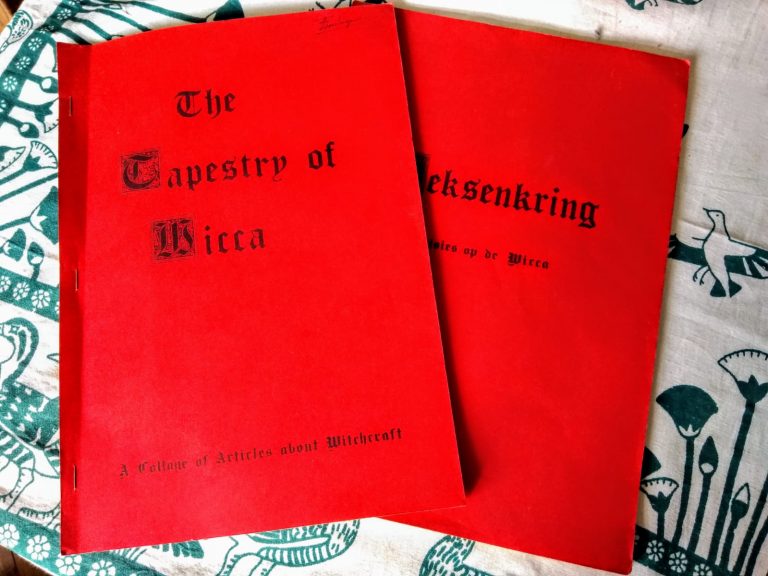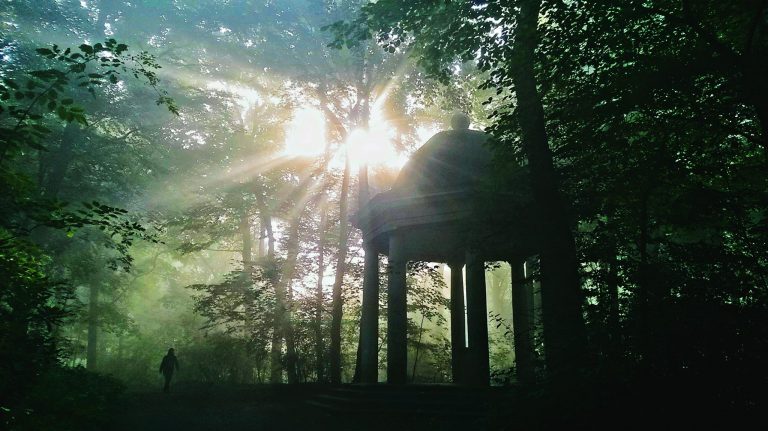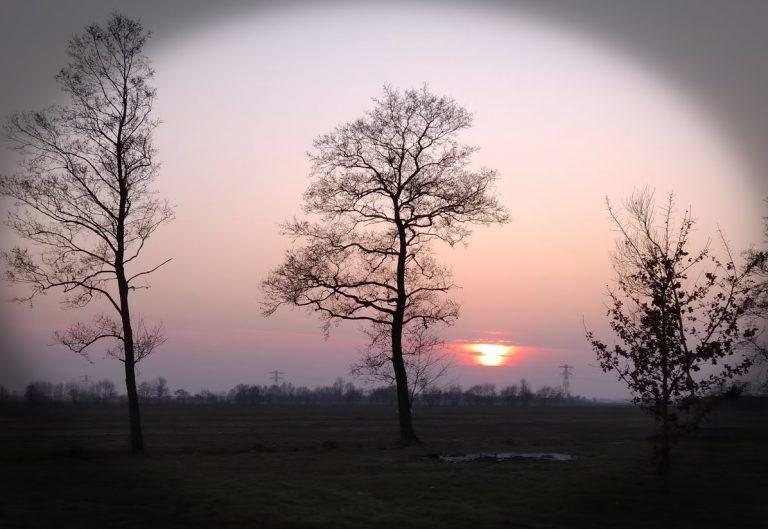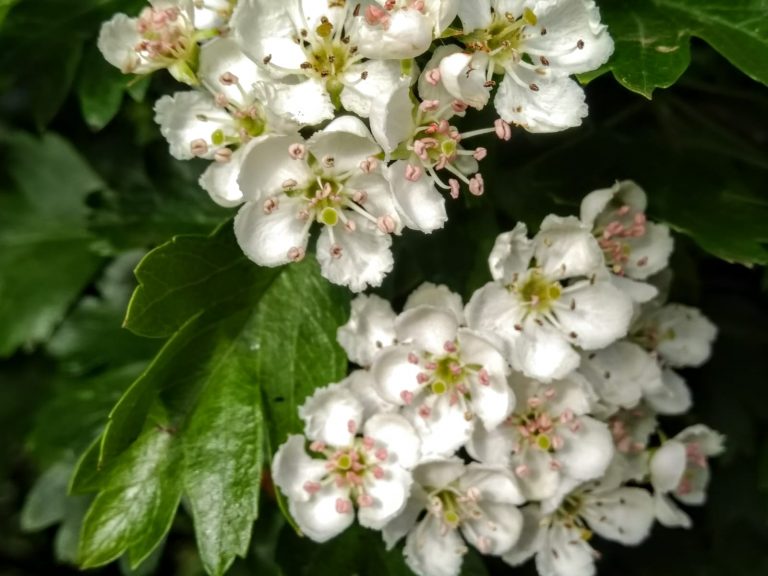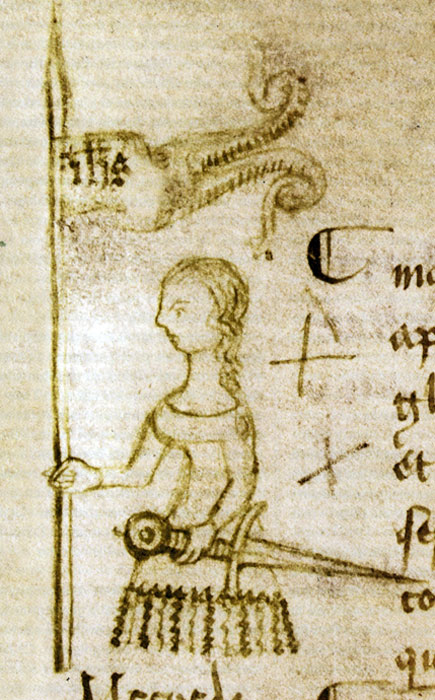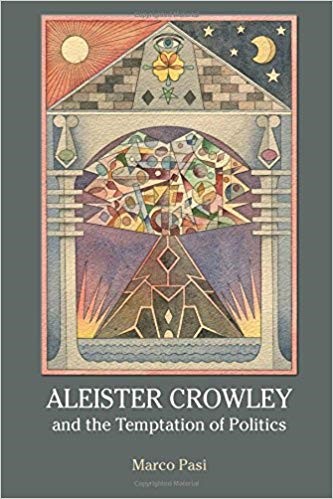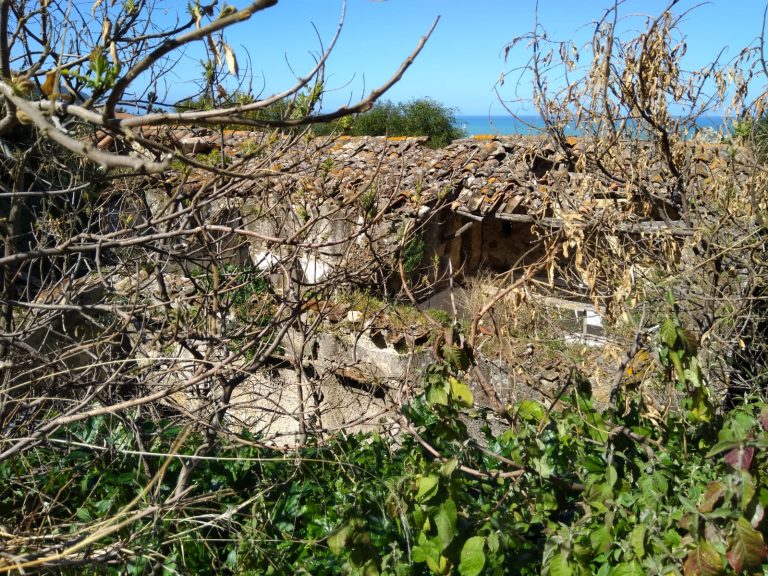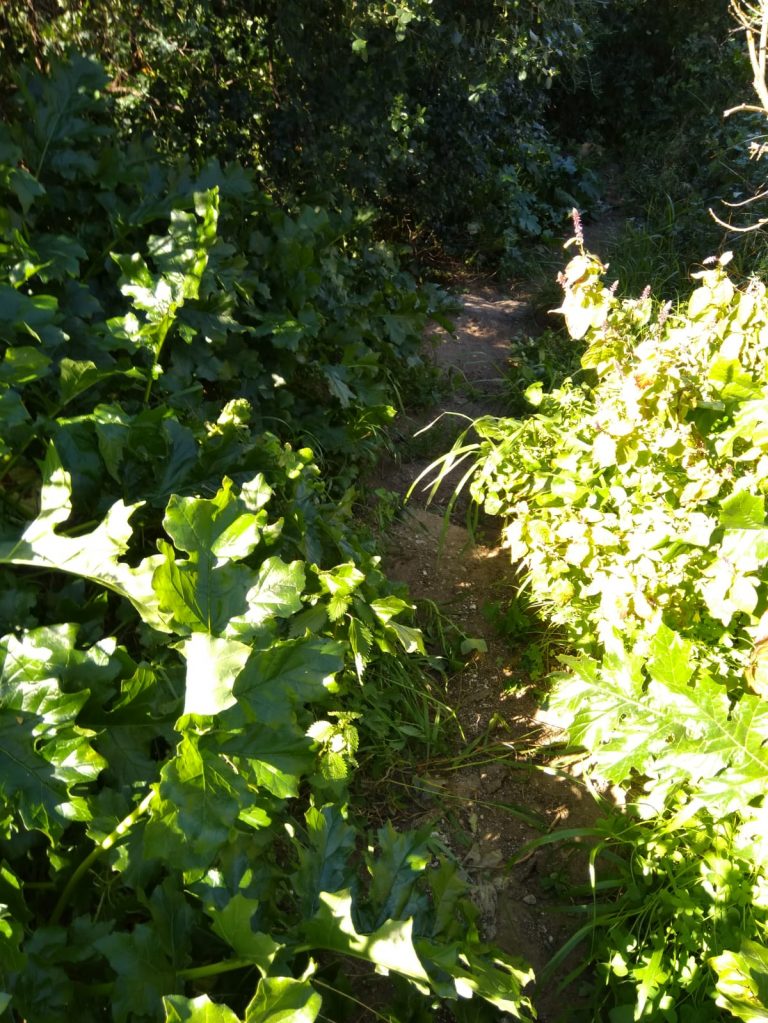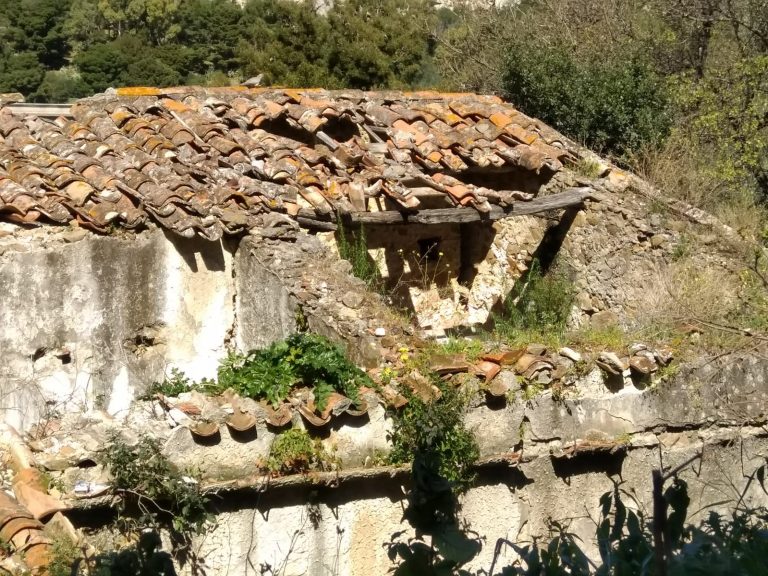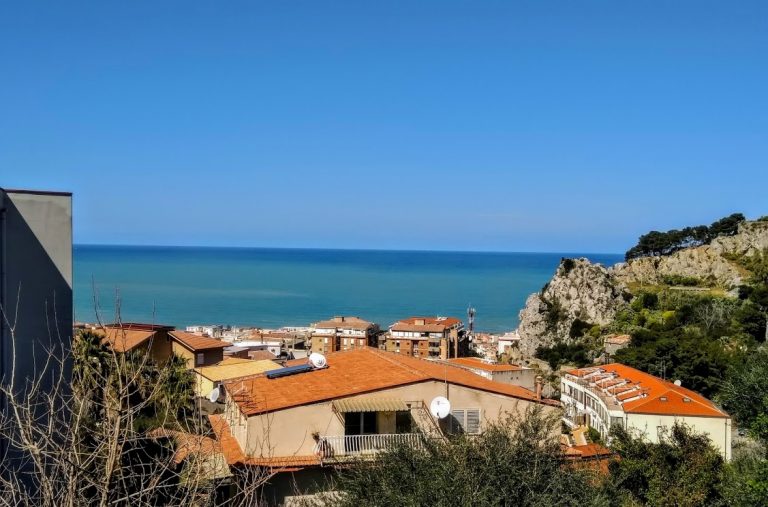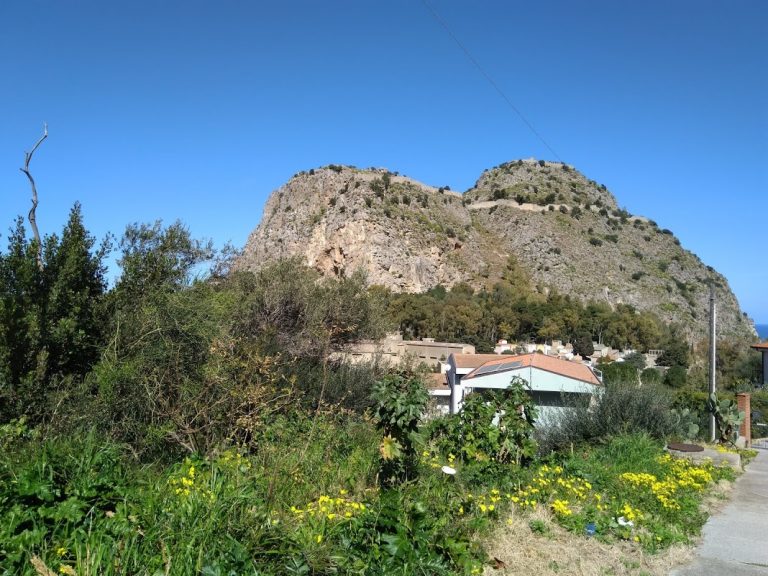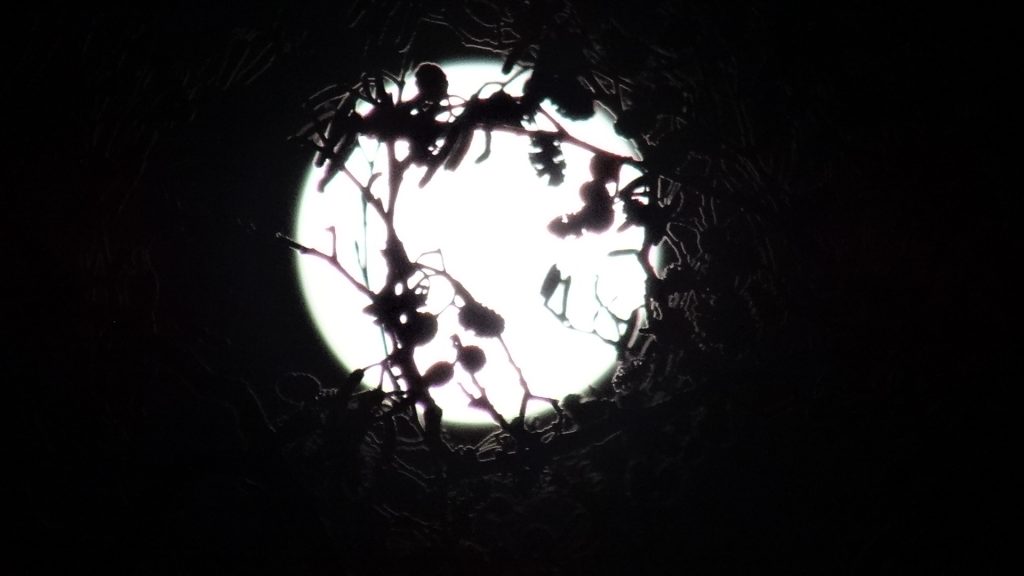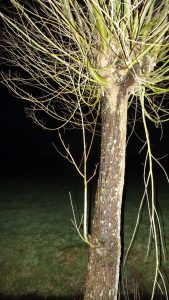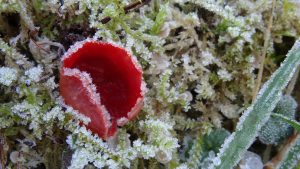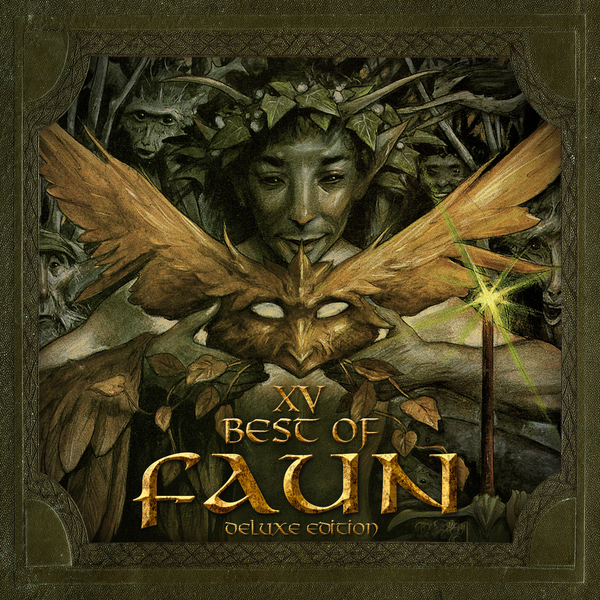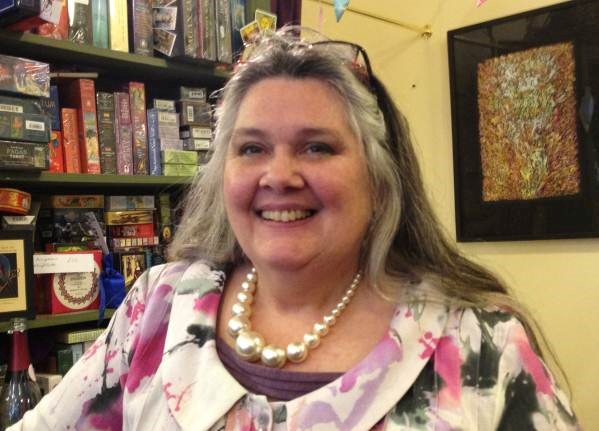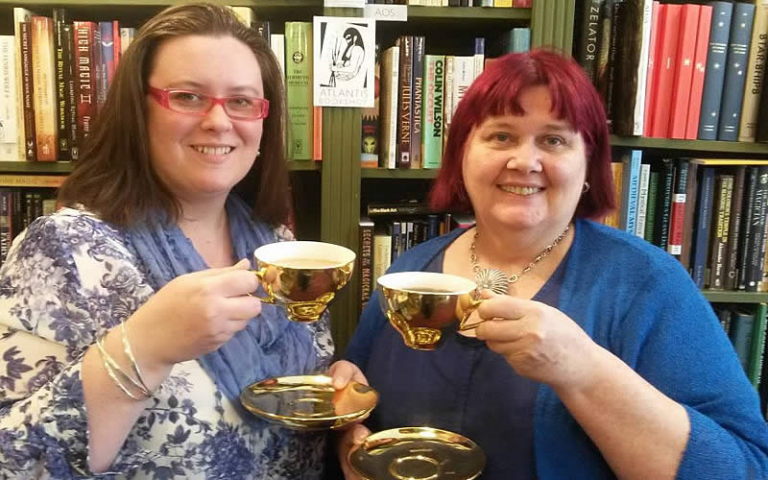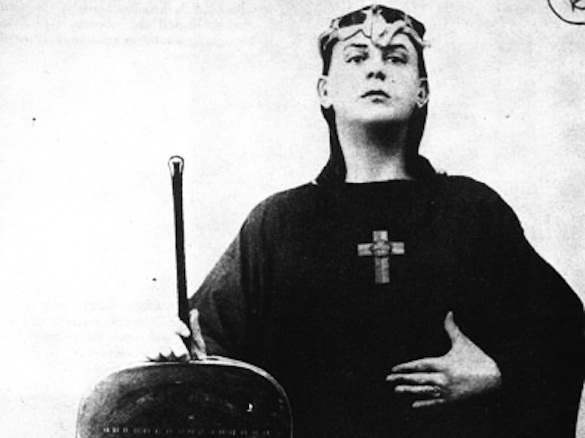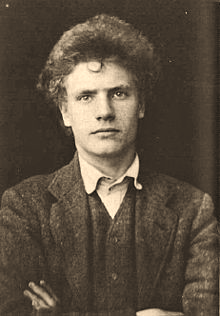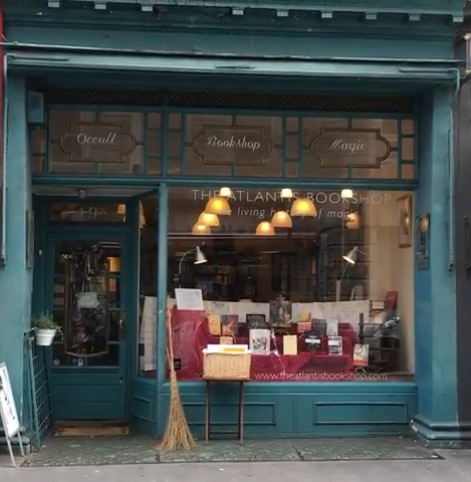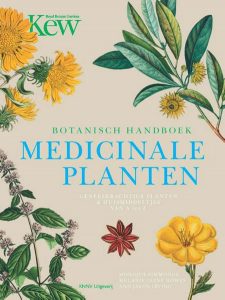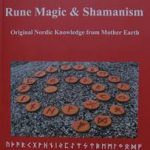Met deze volle maan, die ook nog eens op Goede Vrijdag valt, komen we weer aan in de zomer. De lichte kant van het jaar! Het krachtdier van deze maan is natuurlijk de havik en die staat voor ‘ik zie’. Deze maan mag je jezelf zien op jouw levenspad. Je mag je droom zichtbaar maken. Ga staan voor waar jij echt blij van wordt. Verbind je talenten met wie je bent, zie het als het heilige huwelijk waar Beltane ook voor staat. Verbinden met zaken waar je door kunt groeien en bloeien. Bezigheden waar je energie van krijgt, waar je blij van wordt. Och, wat is het voorjaar toch heerlijk! De aanloop naar de zomer waarin je jezelf mag laten zien in al je kleurenpracht, net als de bomen nu doen! Maar dan moet je deze kans wel grijpen… en de dingen zien! Dus laat je leiden door de havik.
En ook de wilg, de boom van deze maan, kan je helpen je pad te vinden. De wilg laat je zien waar je stappen je zullen brengen. Hij leert je verantwoordelijkheid te nemen over jouw stappen. Wat zet jij vandaag in beweging? De wilg wordt ook wel de boom van het eeuwig leven genoemd. Klopt ook wel… want probeer jij een wilg maar eens dood te krijgen, lukt je niet!
Zelfs mijn zelf aangeplante nieuwe Boompje… verdween na twee maanden… stond er twee maanden later weer. De wilg is en blijft mijn favoriet en verbaast mij steeds weer. Maar de ‘verdwijn en te voorschijn’-truc van Boompje is en blijft een raadsel voor mij 🙂 En dat is maar goed ook, want het is een boom van de mysteriën!
2018 Volle maan van de Havik
Het is 30 april en volle maan! Mooier krijg je het niet met Beltane 🙂 Het is behoorlijk winderig en het regent de hele dag met vlagen. Toch ben ik droog heen en weer gekomen naar mijn werk. Het is nu 22.00 en volgens Buienradar zal het wat miezeren en straks droog worden. Ik breek mijn kijkgenot (X-men, die ik nog niet kende) af en ga met mijn hazelaarstaf de deur uit. Het is fris! Vorig jaar om deze tijd vroor het nog, nu zit het er tegen aan. En dat terwijl het twee weken geleden 31 graden was! Door dit rare weer zijn zelfs de voorjaarsridderzwammen in mijn achtertuin vreemd gaan doen, de heksenkring bestaat uit vreemd gevormde onherkenbare zwammen… maar het zijn ze toch heus!
Het is super stil buiten, geen gans of vogel te horen. Ik denk dat ik weer geen nachtegalen zal horen, het is te onrustig weer. Op een enkele hondenuitlater kom ik niemand tegen, het is ‘thuis’-weer.
Ik heb er flink de pas in en ben niet van plan om een lange wandeling te maken. Twee ganzen die op het water staan staren mij aan. Ze staan op een stuk hout dat net onder water ligt… een grappig gezicht zo in het donker. Het hout is van een van de vele (2.200!) essen die hier gekapt zijn. De essentakkensterfte heeft hier in Zwolle flink huisgehouden. Maar de gemeente heeft al heel veel nieuwe bomen geplant 🙂 Veel eiken, prunussen, populieren, wilgen e.d.; het wordt vanzelf weer groen in de wijk en het bos.
Als ik het buitengebied in loop voel ik dat er behoorlijk wat wind staat. Ik ben blij dat ik me goed heb ingepakt 🙂 en eigenlijk waren handschoenen geen luxe geweest. Ondertussen is het droog geworden en toch doe ik nu pas mijn capuchon op, de wind is koud! Heerlijk om toch gewoon te gaan… de film was leuk, maar ik weet dat ik mezelf een stommerd vind als ik niet ga… net zoiets als naar de sportschool gaan… gewoon gaan omdat je weet dat dat goed voelt! Soms moet je niet teveel nadenken of voelen… gewoon de ene voet voor de andere zetten. Als ik naar de lucht kijk zie ik Venus stralen tussen de wolken door, ze staat zo helder aan de hemel. En verder is er niets te zien, geen sterren, geen maan.
Wat is het thema van deze maan? Trouw zijn aan jezelf, nou dat is het ook wel. Ik loop al jaren trouw mijn vollemaanwandeling 🙂 Een maandelijks reflectiemoment voor mezelf. In het Indiaans sjamanisme is deze maan de maan van de luisterende vrouw. Iedere volle maan ga ik naar B8, mijn knotwilg, om naar hem te luisteren… ik ben de luisterende vrouw 🙂 En de wilg is zelfs de boom die bij deze maan hoort. Hoe mooi kan je het hebben! Beltane op precies 30 april/1 mei, met volle maan…, en luisterend naar mijn wilg. Het zou een schande zijn als ik voor de tv was blijven plakken!
Beltane is het feest van de naderende zomer, de lichte kant van het jaar! De tijd van het jaar waarin je jezelf weer volop mag laten zien en horen! Nou dat hebben we op Koningsdag al gedaan in Winschoten 🙂 Als groene vrouwe met manlief met de Ruilkar-act op de kleedjesmarkt gewerkt, wat was dat weer een succes!! Veel mooie ruilen gedaan, daar kunnen we weer veel mensen blij mee maken! Voor mezelf heb ik een prachtige grote oude spiegel gevonden en gekocht, rond met aan één kant de sikkel van de maan met een gezicht. Een gave vondst! Ze prijkt nu bovenaan de trap, mooi zoals ze neerkijkt op ons.
Beltane wordt van oudsher gevierd met ‘Beltane-vreugdevuren’ in de nacht en die worden dan gebruikt om de volgend dag het vee tussendoor te laten lopen om hen te reinigen van winterziekten. En natuurlijk werd er in Beltanenacht een liefje gezocht voor het komende jaar 🙂 Er werd liefde bedreven op de velden om die vruchtbaar te laten zijn… een hete nacht!
Vanochtend hoorde ik op de radio dat er deze ochtend (1 mei) door de kinderen veel herrie gemaakt wordt. Met pannendeksels en andere herriezaken wordt er in de vroege ochtend kabaal gemaakt. Daar zullen de feestvierders blij mee zijn geweest vroeger 🙂 Leuk die oude gebruiken.
Ondertussen ben ik bij het wilgenlaantje aan gekomen. De maan die niet te zien was, laat zich nu wel zien. Ze staat precies in lijn met het wilgenlaantje. Tussen de donkere wolken door (de brievenbus-act) laat ze zich een tijdje zien… totdat ik uitgeluisterd ben bij B8. Dit gebeurt zo vaak dat ik er echt iets van denk. Op donkere nachten laat ze zich juist op deze plek aan me zien. Ik zie er een duidelijk teken van goedkeuring en verbinding in.
Als ik verbinding maak met B8 krijg ik ‘Zuiver’. Oeh, dat is mooi! Ik kan het niet echt plaatsen. Tijdens de wandeling had ik het woord ‘Pleidooi’ in mijn hoofd…waar dat op slaat weet ik ook niet. Maar ‘Zuiver’ werd het, dat behoefde geen pleidooi.
Nu ik de dag erna wat nadenk en lees over Beltane, heeft ‘zuiver’ er alles mee te maken! Het vreugdevuur van Beltane is het zuiverende vuur voor de dag erna! Vreugde, plezier en liefde zorgen voor zuivering! Daar is het vuur mee gevoed. De vrouwen gingen vroeger de eerste dauw verzamelen van de zomertijd. Ze geloofden dat deze dauw extra levenskracht bevatte omdat het allereerste zomerzonlicht hierop geschenen had. Dit dauwwater werd de hele zomer erna gebruikt om aan te sterken na ziekte of andere stresserende gebeurtenissen… zuiverend dus.
Maar wat heeft ‘zuiver’ met mij persoonlijk te maken? Mag ik mezelf zuiver vinden? Dat is best een groot woord in deze context. Ik probeer wel altijd zuiver te handelen, een zuiver geweten te hebben. In mijn toekomstige coachingspraktijk is dat wel een goede eigenschap. Geen vervuiling in communicatie 🙂 geen eigen zaken laten meespelen in de coaching. Het is zaak me zuiver te richten op de ander en er heel alert op te zijn als ‘eigen’ ervaringen / meningen mee gaan spelen. Het is dan ook zaak te luisteren en niet te spreken, enkel te vragen naar de ervaringen van de ander. Ik denk dat ik dan zo dicht mogelijk bij ‘Zuiver’ kan komen 🙂 Mooi woord weer van B8!
Als ik me naar de maan keer zie ik dat ze al verdwenen is achter de dikke donkere wolken. Ik vervolg mijn weg door het bos. De lanen zijn zoveel breder nu de essen weg zijn. Niet overal is nieuw aangeplant. Misschien laten ze het bos zelf uitgroeien, dat lijkt me mooi! Er staan al flinke beuken en eiken die best wel uit willen groeien nu er meer licht en ruimte is. En over een paar weken zullen de brandnetels meters hoog staan! De kruidlaag is hier altijd behoorlijk dicht.
Ondertussen heb ik mijn capuchon af gedaan, in het bos wil ik kunnen horen 🙂 Het voelt niet goed om met afgedichte oren rond te lopen. Oordopjes en muziek op mijn hoofd vind ik ook niks als ik buiten ben, ik sta graag in contact met mijn omgeving.
Langs de dijk staan nu veel bloeiende bomen, de wilde sering en de prunussen verspreiden een heerlijke zoete geur. En het is zó stil! Geen verkeer in de verte, geen fietsers, geen ganzen en helaas geen nachtegalen. Als ik de dijk afloop richting bewoonde wereld zie ik een prachtige donkere wolk. De wolk lijkt op een arend! De kop met haaksnavel en de grote vleugels, wow! Mooier is het als het de Havik is, de vogel van deze volle maan! Als ik mijn camera pak om deze wolk, in het donker, te fotograferen is hij helaas al niet zo ‘sterk’ meer. Het zijn ook van die momenten, mooie wolken 🙂
Het is nu bijna windstil. Ik heb foto’s kunnen maken van de bloesem (geen zwiepende takken) en nu ruik ik naast de bloesem ook het fluitenkruid. Op de heenweg rook ik dit niet, toen verwaaide het waarschijnlijk.
Ik heb een korte wandeling gemaakt van een uur… en ga nu snel de tweede film van X-men kijken 🙂
En na een tijdje gaat de wind weer toenemen en komt het met bakken uit de hemel. Ik heb duidelijk in het oog van de storm gewandeld 🙂
Vandaag zijn er twee mooie stoelen van de kringloop bezorgd. Ze gaan de fijne kuipjes vervangen in mijn coachingsruimte. Eens kijken welke beter bevallen. Bij het uitzuigen van de oude stoelen vind ik veel zaken tussen kussen en zijkant… een eend, een konijn, een muis, een ski, een zwarte Piet, twee kippen, twee flippo’s (Judge-man en Red-eye-dragon), een grote knoop, een aansteker, een rode pen, een lepel, een knikker, 50 cent en 2x 5 cent… maar het mooiste is een sleutelhanger van ‘het jaar van de gezondheid’ met de woorden ‘Fit, Vitaal en Plezier’! Nou als dat geen goede stoelen zijn voor mijn Vitaal Leven Coachingspraktijk, dan weet ik het ook niet meer 🙂
Het gaat helemaal goed komen!!
Liefs, Loes
Ondertussen al sinds oktober 2018 aan het coachen. Tot oktober van dit jaar doe ik dat gratis. Daarna moet ik echt wat gaan vragen, of dat nou geld is of een wederdienst, dat laat ik nog even in het midden. Het is fijn om zo kilometers te maken en mijn eigen manier van werken te beleven. Wel merk ik dat de mensen die werkloos en ten einde raad op mijn pad kwamen, allemaal een baan hebben gekregen! En de maandag- en vrijdagmiddag die ik voor coachen vrij heb, wordt steeds rustiger. Ik ga eens kijken of er wat nieuwe cliënten te vinden zijn. Van volle bak naar rustig… moet niet leeg worden!
Ik heb me ook aangemeld voor een ‘feel well fair’ hier in de wijk. Schijnt al twee jaar te lopen 🙂 Ik wil graag iets met stemmen en klanken gaan doen. Mensen hun eigen klanken laten gebruiken. Iets met kleuren en klanken die bij je chakra’s horen. Klanken laten je trillen van binnen. De ‘I’ laat je voorhoofd trillen, de ‘U’ je gezicht, de ‘E’ je keel, de ‘A’ je hart/borst en de ‘O’ je buik. Zo mooi als je jezelf met je eigen klank kan laten trillen, in beweging kan zetten. Alles is trilling, alles is energie! Als ik aan het wandelen ben en ik laat de klanken horen… – ja, flink horen! – dan merk ik dat dat een hoop doet. Het laat een zwaar gevoel verdwijnen als sneeuw voor de zon. De knoop in je buik, de steen op je hart, de prop in je keel en de hoofdpijn kunnen hierdoor weggevoerd worden. Zo bevrijdend… maar durf jij jezelf zo te laten gaan? Als je gehoord wordt? Als je nou werkelijk eens gehoord wordt?
En 18 mei is het Blauwe maan!! Tweede maan in het sterrenteken Stier! Blauwe maan helpt je voor nog grotere stappen te maken… eens kijken waar ik heen wil 🙂



